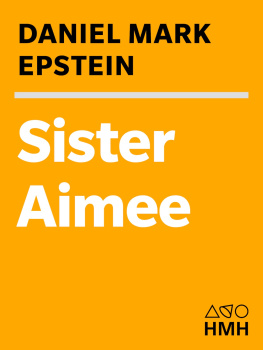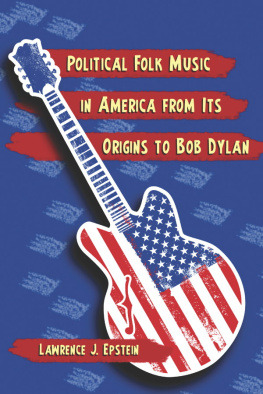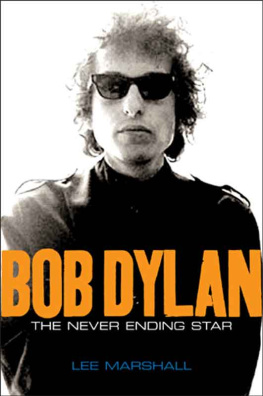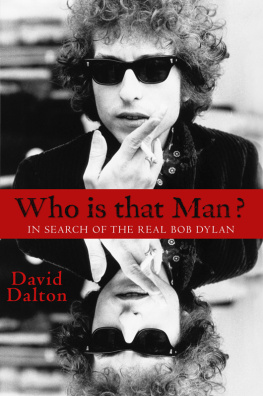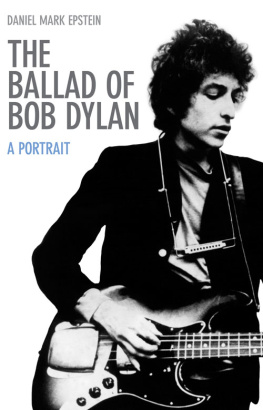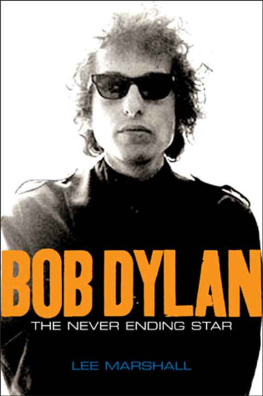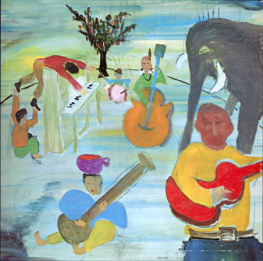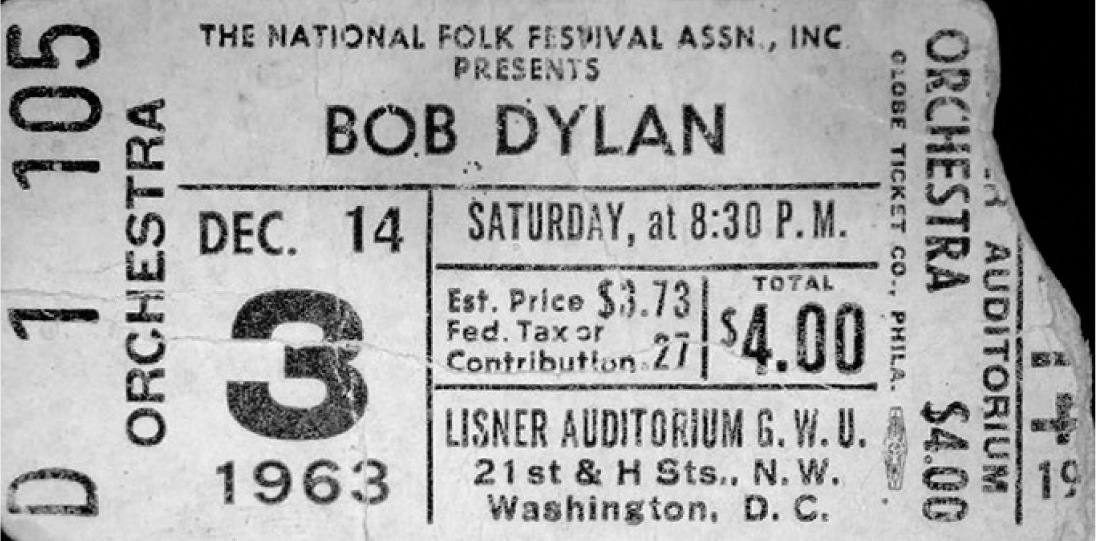Chapter 1
Lisner Auditorium, December 14, 1963
The frail-looking young man with tousled brown hair entered the auditorium from stage left, strumming his guitar while people were still getting settled in their seats.
A triple row of folding chairs had been hastily arranged in a semicircle upstage behind the performers spot to handle the last-minute overflow. Now these latecomers were sitting down, applauding as he passed them. He wore a pale blue work shirt, blue jeans, and boots. It was as if he had come from some distance and had been singing all the while to himself and whatever group he could gather on street corners and in storefronts, his entrance was so casual and unheralded.
He moved toward his spot center stage next to the waist-high wooden stool. On the round seat was a clutter of shiny Marine Band harmonicas. Scarcely acknowledging the applause, mildly embarrassed by it, he lurched toward his place onstage wearing a steel harmonica holder around his neck that made him look like a wild creature in harness, blinking at the floodlights, hunching his shoulders to adjust the guitar strap that held the Gibson Special acoustic high on his slender body.
He was in our midst before we knew it and already performing. He stood and strummed. The houselights dimmed but remained on. The applause that began from the spectators behind him was warm but brief because we did not wish to interrupt the singer or miss any of his words. He sounded the simple melody on the mouth harp. The song he chose to sing first was unfamiliar but it was an invitation promising familiarity, like so many old ballads where the bard invites folks to gather round so he can tell them a tale: Come all ye fair and tender maidens , or Come all ye bold highway men .
There were fifteen hundred seats in the sold-out Lisner Auditorium of George Washington University that night in December, and fewer than half of those were taken by college students. The steeply banked rows were filled with the faithful members of the Washington folk music community. The concert in fact had not been sponsored by the university but by the National Folk Festival, founded in the 1930s with the support of Eleanor Roosevelt and the novelist Zora Neale Hurston. Men in goatees or full beards, wearing plaid lumberjack shirts, dungarees, and horn-rimmed glasses, sat shoulder to shoulder with long-haired women in peasant blouses with ban-the-bomb buttons; scholarly types in tweed or corduroy jackets with leather elbow patches; a few middle-aged beatniks in black turtlenecks. There was more philosophy than conscious style, in boots and sandals, a rejection of button-down fashion and shoelaces that cut across generations during the Cold War.
My sister, Linda Ellen, age thirteen, was probably the youngest person in the building. My best friend, Jimmy Smith, and I had just turned fifteen and could not legally drive so my mother, thirty-seven, had driven us from the Hyattsville, Maryland, suburbs down Connecticut Avenue to the edge of campus, Twenty-first and H streets, N.W., to hear Bob Dylan in concert. She had purchased our seats in advance at the box officeshe always got the bestand so now we sat in the center of the fifth row, close to the lip of the stage apron, a few feet above and not ten yards away from Bob Dylan. When he finally stopped blinking and opened his eyes to the audience we could see how blue they were.
We heard the guitar first, a powerful sound that was percussive, modal, and clarion. He was strumming a full G chord with a flat pick in moderate tempo, 3/4 time. What made it distinctive and commanding was the force of the first stroke of the measure, and that the guitarist had added a high D on the second string to make a perfect fourth with the G next to it. That was the trick, the special magic that transformed the chord from a simple major triad to a mystical, ancient strain, Celtic perhaps, medieval or Native American, a mood transcending time.
Come gather round people, wherever you roam
And admit that the waters around you have grown
And accept it that soon youll be drenched to the bone.
This was a call to the barricades if not to arms. It was a reveille, a wake-up to the living and dead and the half dead that the times are changing . The composer had been clever enough to write the tune in waltz time so that no one drunk or sober would ever march to it. (Hed write a drunken march somedayall in good time.) The song as performed and phrased had an incantatory voodoo power to alert, transfix, caution, and alarm us; stanza by stanza it singled us out: writers and critics, senators and congressmen (just around the corner here), mothers and fathers (my mother sat at attention), each being warned in turn that there would be hell to pay if they did not heed the call. The well-traveled road will not be viable, he was telling us, the old order is fading, the wheel of change is spinning, the battle is already raging, and if it hasnt rattled your windows yet it will soon.
Your sons and your daughters are beyond your command....
Invoking the Old Testament prophets as well as the Gospels (Mark 10:31, Many that are first will be last), a singer born in the year the Japanese attacked Pearl Harbor was proclaiming to my mother and everyone her age and older that there was a generation gapand the phrase had not yet been coinedand anyone who dared to stall or stand in the way of reform would be hurt. I am not sure what my mother thought of this opening salvo of the concert. After all, she had purchased the tickets, and driven us to the brick-and-limestone theater from West Hyattsville in her green Nash sedan. I suppose we were all more or less startled. But there was something about the young mans simultaneous authority and humility that was disarmingthe biblical, archaic tone, the passionate plea for everyone to join the movement, not to stand in the way but to heed the call, lend a hand.
Bob Dylan had been in the capital for the great civil rights March on Washington back in late August 1963. On the steps of the Lincoln Memorial he and Joan Baez had performed his songs Blowin in the Wind and Only a Pawn in Their Game. The duet as well as the romance between the beautiful folksingers received considerable notice in the press that year, although he was not a celebrity. His songs were far more famous than he was.
In the autumn he had played three recitals: Carnegie Hall in New York, Jordan Hall in Boston, and the University Regent Theatre in Syracuse, New York. After John F. Kennedy was assassinated on November 22, Dylan had appeared only twice in concert, in Princeton and Newark, New Jersey. Now this concert at the Lisner Auditorium would be his sole appearance before Christmas. The only publicity was a small poster showing the singer playing guitar and harmonica on the left side of a split format with his name and the concert specifics printed on the right, and tiny display ads in the amusement sections of the Washington Post and the Evening Star . The tickets, $4.00 for orchestra and $3.50 for the parterre, could be purchased at the Willard Hotel, Learmont Records in Georgetown, and at the YMCA in Alexandria, Virginia.
As of Friday night, seats had still been available. It was evidence of the rapid momentum of Dylans reputation that by the time we got to the auditorium the show was sold out and the management was unfolding chairs onstage to seat the late arrivals.


